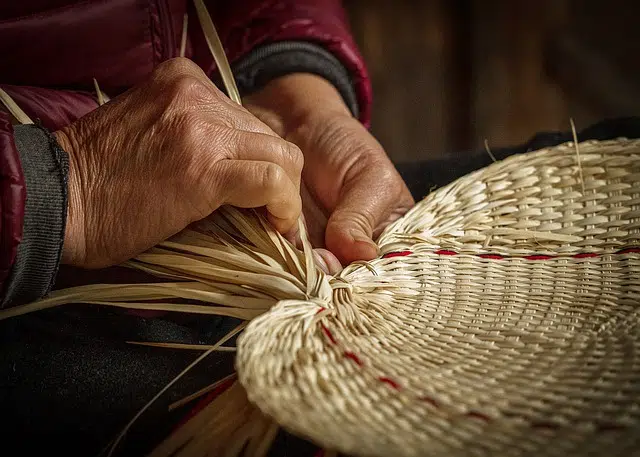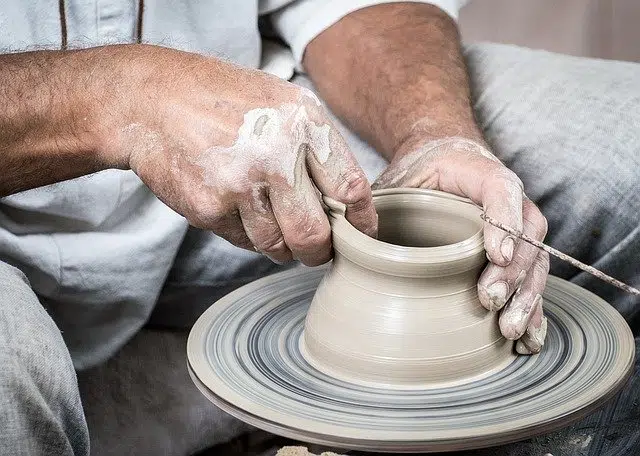
A craft is created with the hands and without automated processes.
Craftsmanship is called both the work and the creations made by artisans (a person who does manual work). It is a type of art in which one works fundamentally with the hands, molding various objects for commercial or merely artistic or creative purposes. One of the fundamental characteristics of this work is that it is carried out without the help of machines or automated processes . This turns each artisanal work into a unique and incomparable object, which gives it an extremely special character.
Some examples where the term appears are: "When we toured the north, I bought several typical crafts" , "My aunt gave me an Aboriginal craft to decorate my new house" , "Most of the local population makes a living from crafts" .
Crafts vs. industrial product
As opposed to industrial or mass production, craftsmanship is defined as meticulous and detailed work where each object is unique and must receive special attention. To carry out this work, artisans put into practice various manual techniques learned and developed over time.
Within the cultural background of a town and its traditional culture , crafts occupy an important place. So much so that the origins of this type of manual work date back to times prior to the emergence of the industrial era . Thousands of years ago crafts already existed and were developed with various materials. In each place, taking into account the possibilities of the environment, the type of crafts that were manufactured varied: according to the raw materials that each space offered.
It is important to note that crafts can have an aesthetic purpose (for example, a decorative painting), ritual (a mask) or functional purpose (a vessel to put water). At this point it differs sharply from industrial work since the combination of design and art is pursued in the creation of each object.

Pottery pieces are highly appreciated crafts.
Marketing and competition
As we have already said, artisanal work requires a lot of dedication because each piece is developed manually ; Therefore, a large number of objects cannot be made at a time. This makes it very difficult to market these products in large stores and commercial chains and forces artisans to look for other means of dissemination and marketing.
The marketing of crafts is usually done directly (from the artisan to the buyer) or through small markets or cooperatives.
On the other hand, these products must compete with industrial products that often have similar characteristics, in an attempt to imitate the unique properties of handicrafts. And here a latent problem appears for artisans: not only is the industry's production level higher in quantity, but it is also more economical.
Each craft is a unique creation
In the industrial world, mass production allows for low production costs, which results in cheaper final prices. Aside from the fact that the raw materials used by the industry are usually of lower quality, these problems are presented as important obstacles for all those who try to sell crafts and make a living from said business. For all this, sometimes artisans must resort to greater versatility ; for example, to develop different types of products to offer a greater variety and thereby attract potential customers in different commercial fields.
Despite the problems that competition for manual work may mean, it is important to mention that the products themselves have no comparison: the crafts have a quality that makes them unique (thanks to having been developed with special attention one by one). while industrial products are only dozens of identical objects that lack soul and that have not been thought of in their individuality as an artistic object .
